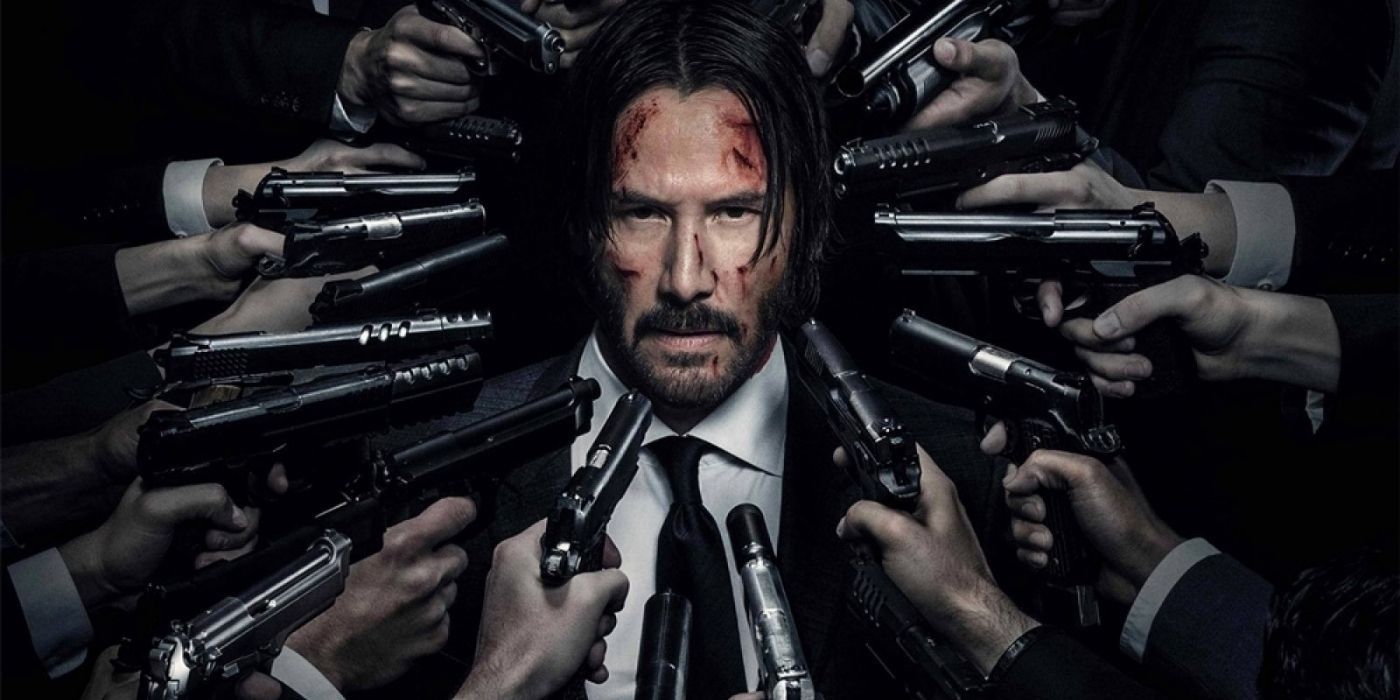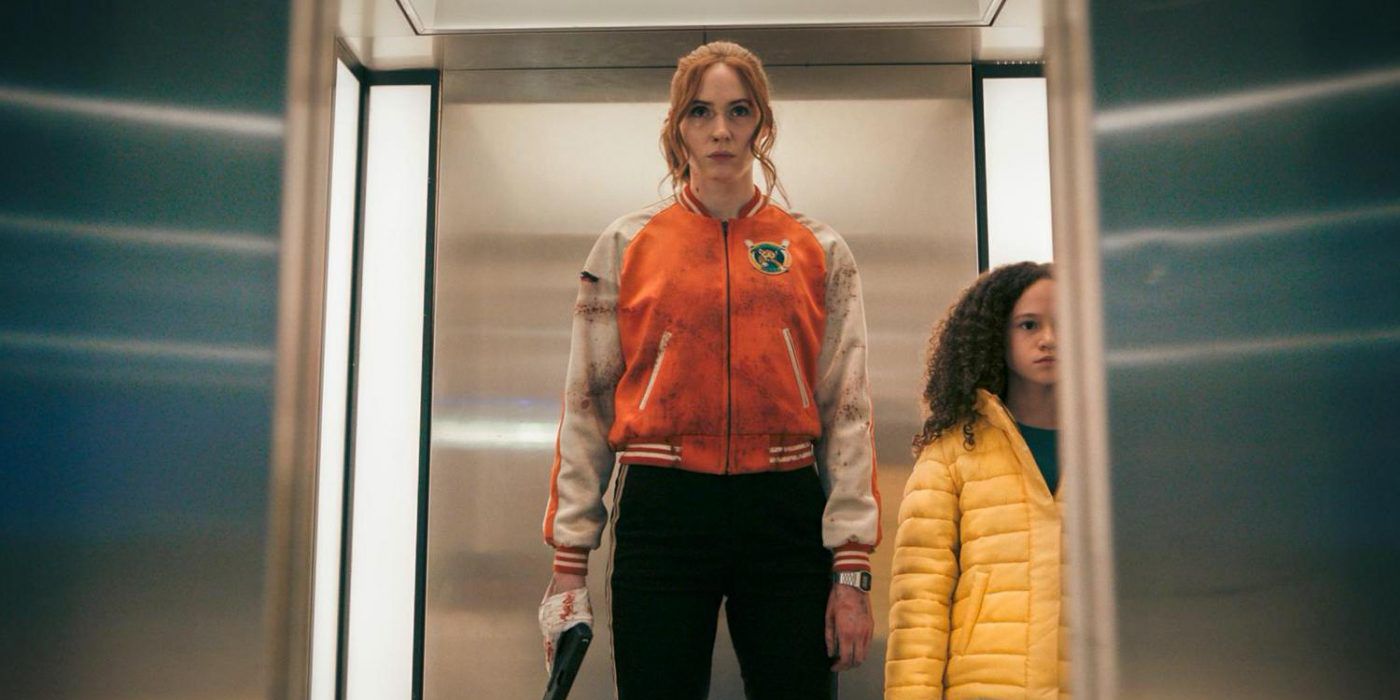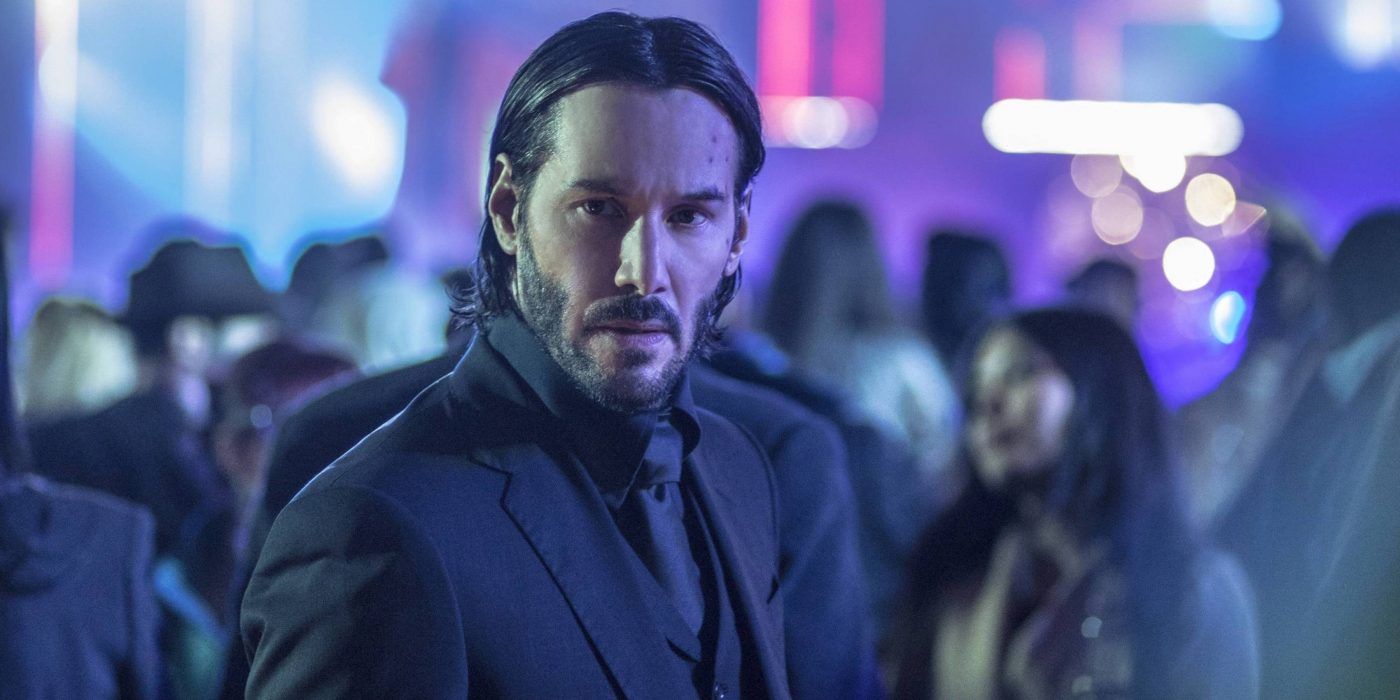The John Wick franchise came from nowhere to swiftly become one of the most beloved franchises in modern cinema. Among a flood of sequels, spin-offs, and spiritual successors, films big and small are compared to the John Wick films, creating a fascinating case study for the future of the franchise and the genre.
The first John Wick film released to massive success in 2014, both of its sequels have held the line and pleased audiences worldwide. The film's success has inspired a strange phenomenon, a result of becoming a cultural touchstone, it is the go-to point of reference to describe the brand of fast-paced action.
There have been three films in the franchise thus far, more sequels are planned for the coming years and a couple of spin-offs set in the same universe are also in production. The creative team behind the franchise have also helmed films outside the universe, such as Nobody, written by John Wick series creator Derek Kolstad. The level of cultural permeation that the franchise holds in inarguable. Everyone has likely heard a film, game or show described as "like John Wick, but."
The elements which lead a property to be compared to John Wick are straightforward; balletic combat, towering body counts, lore delivered through efficient dialogue, an unstoppable protagonist, et cetera. The frequency of the comparison is reminiscent of the blight of referring to games as "the Dark Souls of" so and so. The fact that John Wick is far from the first film to embody those elements has done little to stop the comparisons. Consider films like The Raid: Redemption series or foreign classics like The Man From Nowhere, each of which carry many of the hallmarks of the John Wick franchise, yet did not gain the same place of honor. It raises the question, why has the world grabbed onto this particular series to describe a fairly beloved style of action.
Action in films has a way of evolving, adopting different styles to match the time and environment of its release. For a great example, look to an early gangster movie's depiction of a brutal execution. With some exceptions, even the cruel Mafioso would shoot his target through the chest, leaving his face, his identity, clearly in tact. The violence is often brutal, yet almost always slow, to ratchet up tension. In comparison, the assassins of the John Wick universe often score dozens of headshots in the space of a minute, a rollercoaster of violence.
Older films often communicated disagreement in a single wind-up and punch, laying out their opponent with heroic expedience. Fans of the sci-fi classic Firefly have often noted that it takes a fairly old-fashioned style to its fisticuffs, Nathan Fillion throwing one exaggerated swing to knock out a dastardly foe. This was adapted into more stylish knockouts, a single blow to the head cleanly communicating to the audience that an enemy was defeated, but their life was spared. John Wick communicates its action with greater fanfare because the action is the message. It could be said that the John Wick franchise's approach to combat is this generation's preferred method, and that would say a lot about the future of action cinema.
If the modern audience prefers their action in the John Wick mold, the genre has notably shifted to fit that request. From Polar to Peppermint, from American Assassin to Angel Has Fallen, these action films and many more seem to be lightly copying off Wick's homework. Even Christian film productions such as Pure Flix have gotten in on the trend, resulting in the pale imitation Beckman, a real movie in which a legendary assassin turns away from the grim profession, only to find himself dragged back after a personal tragedy. The popularity carries the risk of making it less special, but there seem to be no signs of stopping. Among the world of concepts that filmmakers like to borrow, balletic action is certainly one of the best choices. It's a difficult thing to pull off, but more beautifully choreographed action scenes cant be a bad thing.
Aside from guaranteeing the entire creative team behind the beloved franchise a permanent source of income, John Wick has raised the bar for action scenes across all of cinema. Consider the difference in quality between Suicide Squad and its sequel Birds Of Prey, the latter of which had action scenes overseen by Wick director Chad Stahelski. The first film was heavily criticized for its drab shootouts and bog-standard brawls, but the second saw significant praise for its action scenes, often in reviews that panned other aspects of the film. The John Wick effect has resulted in a coalescence of style which has improved the standards of fight choreography across the genre. It does not always work, there are some films in which the complex style just does not fit the surrounding narrative, but when it's used, it's almost always enjoyed.
Action films still come in many other varieties than the John Wick model, and often still succeed far away from that paradigm. The Marvel films have a more fantastical approach that centralizes specialization to differentiate its many combatants, meaning that while almost all of them fight hand to hand and fire projectiles, they do it in unique ways. The Fast and The Furious franchise takes a much bigger approach, focusing most of its action scenes on huge spectacle and near-superhuman feats of prowess.
Both of these franchises, even when they portray mortal men, cast them as godlike. While Wick is unstoppable, he is fundamentally mortal. One of the hallmarks of Wick's action scenes is struggle, he always wins, but he never does so easily. Even as he mows through nameless henchmen, he almost always limps away beaten and bloodied, even a man like John Wick is still only human. Filmmakers must tailor their action to the story they are telling, and this franchise's approach works best when it's in a grounded personal narrative. It's the perfect tool to suit the story it was designed for, and creators must take great care to use that tool wisely, even as it becomes a new standard.
The John Wick franchise holds a position in modern culture that few works can lay claim to, having permanently raised the bar and set the standard for its contemporaries. Fans love the series for what it made beloved and can look forward to seeing those elements spread throughout the action genre for years to come.



